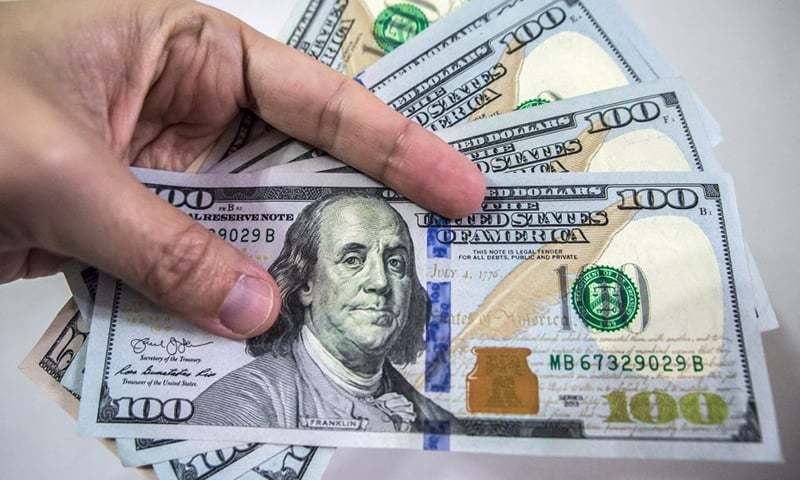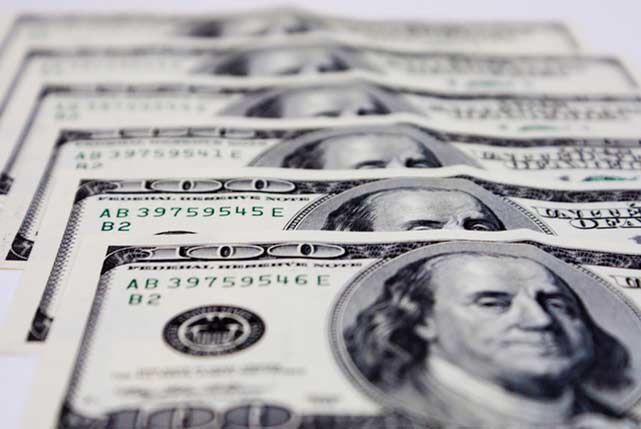Reuters, SingaporeAs traders shifted their attention to U.S. inflation data and the numerous central bank meetings that were scheduled for Tuesday, the dollar began to drift lower and the yen stabilized during the Asia session.

At 145.46 yen, the dollar was 0.5% weaker. The currency pair has had a turbulent few days, with the yen rising on comments from the Bank of Japan interpreted as hawkish and then falling back on a news article that played down the likelihood of an impending policy change.
“There is talk of a pivot by the Bank of Japan to higher rates and there is some speculation it could come as soon as next week,” said Tom Kenny, an economist with ANZ.He stated, “A hike now seems premature with a backdrop of weak consumer spending,” but wage and inflation trends point to sustainable inflation, and ANZ predicts Japan will begin to exit its extremely accommodative negative rates by April 2024.
The Australian and New Zealand dollars rose in value, while other currencies remained mostly stable due to rising iron ore prices and a rebound in Chinese real estate shares.
At %0.6154, the New Zealand dollar increased by 0.5%.
Zealand dollar increased by 0.5%.Forty years after going public, the Australian dollar increased by 0.4% to $0.6596. Since 1983, the currency has averaged $0.7550, having started at around $0.9000. Global investors used to use it as a very helpful liquid proxy for commodities, and they still do, but now they use it to get exposure to China, Australia’s biggest trading partner.
Sterling was trading at $1.2577 versus the euro at $1.0765.

VISUALS OF CPI
The Federal Reserve’s policy decision on Wednesday will be framed by U.S. inflation data, which is expected at 1330 GMT.
Since the benign U.S. inflation report in October, the dollar has been declining; however, positive jobs data released on Friday gave the currency some support. The emphasis will be on Chair Jerome Powell’s press conference and the so-called dot plots for rates, as it is expected that the Fed will maintain rates at 5.25%–5.50% this week.
According to Reuters polled economists, core inflation will remain stable at a 4% annual pace, significantly higher than the Fed’s 2% target, while headline inflation is expected to have been flat for November.
According to OCBC FX strategist Christopher Wong in Singapore, “More upside surprise to data may continue to see markets pare back their bets on aggressive (rate) cuts, alongside a firmer dollar.”
“But a softer print may see dollar gains moderate in pace.”
Norway is thought to be the only hiker when the European Central Bank, Bank of England, Norges Bank, and Swiss National Bank meet later in the week. Additionally, there’s a chance the SNB will lessen its franc support in foreign exchange markets.
Last week, the franc reached an almost nine-year high against the euro. On Tuesday, it was slightly weaker, trading at 0.9442 francs to the euro.
bid prices for currencies at 05:41 GMT
The RIC Last U.S. Close Pct Change, Year-to-Date Pct Highest Offer, Lowest Offer
Prior Alteration
Meeting
Dollar/Euro
$1,077 $1.0765 plus 0.06% plus 0% 1.0762 +1.0771
US dollar to Japanese yen
+0.00% +146.1600 +145.5000 + 145.4900 146.1950 -0.48%
Euro/Yen
156.7100 + 156.5500 + 0.38% + 0.00% = 156.71 157.31
Swiss Franc/Dollar
-0.22% +0.00% +0.8785 +0.8767 0.8766 0.8787
Dollar/Sterling
+0.22% +0.00% 1.2582 1.2555 1.2555 + 1.2583
US dollar to Canadian dollar
1.3554 1.3574 +0.00% -0.14% 1.3555 + 1.3579
Volatilities.

2 thoughts on “The dollar weakens as US inflation data approaches.”